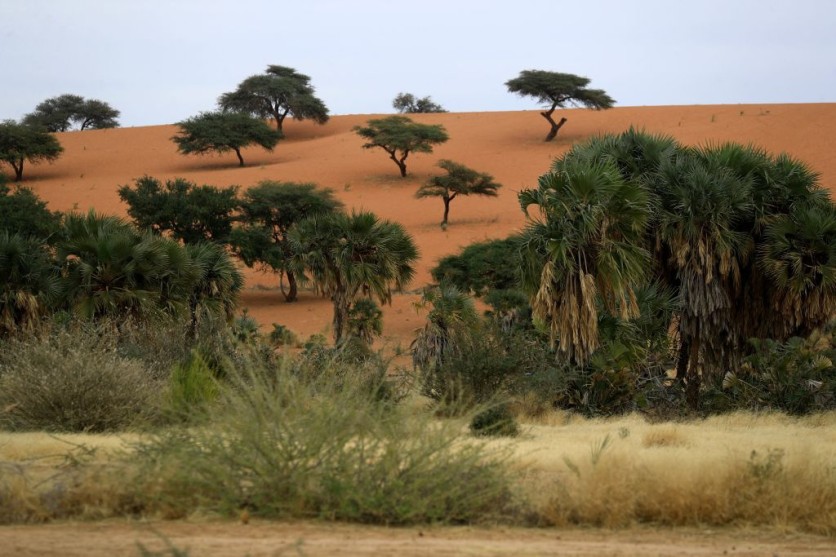A team of scientists from various parts of the world and researchers from NASA used Artificial Intelligence (AI) and commercial satellite images to mark almost 10 billion trees in Africa. This is to know the quantity of carbon outside the dense tropical forests of the continent.

Less Than They Expected?
The result is the first comprehensive estimate of tree carbon density in Sahel, Saharan, and Sudanian zones. Carbon constantly moves in a cycle between different parts of the Earth's environment. Trees take in carbon dioxide, a gas that contributes to global warming, from the atmosphere during photosynthesis and store it in their bodies. Because of this, planting more trees is often suggested as a way to reduce the amount of carbon in the atmosphere that humans cause.
According to Interesting Engineering, in the semi-dry region of Africa, the tree population is more than they expected, but the quantity of carbon stored is less than their prediction. Their initial carbon estimate is approximately 0.84 pentagrams of carbon.
Also Read: New Study Proves Trees Are Crucial In Keeping Cities Cool
The Use of Machine Learning and AI
Machine learning software counts the trees during supercomputing on the Blue Waters supercomputer at the University of Illinois. The results were compared to human assessments and resulted in a high accuracy rate of 96.5 percent.
By examining the size of a tree's crown, scientists can calculate how much carbon is stored in its leaves, roots, and trunk. This is done using allometry, the science of how an organism's characteristics vary with size.
AI algorithm was used as well to work with over 300,000 commercial satellite images from the GeoEye-1, WorldView-2, QuickBird-2, and WorldView-3 satellites. The images were gathered via NASA's Center for Climate Simulation.
It is important to know the amount of carbon stored in a landscape in order to predict how the climate will be affected by vegetation accurately. Carbon residence time, or how plants and trees store long carbon, varies greatly depending on the vegetation type.
For example, grasses and bushes typically have a very short carbon residence time, while trees can store carbon for much longer periods. Therefore, to get an accurate estimate of carbon storage, we need to know exactly what type of vegetation is growing in the landscape.
The African landscape is diverse and expansive, ranging from dry grasslands with few trees to savannahs with sparse trees, to more humid areas with lots of tree coverage. Unfortunately, it's been difficult to accurately measure the number of trees due to the dispersed tree cover. This has made it hard to accurately assess the continent's tree population, which is needed for better conservation and understanding of the global carbon cycle.
Related Article: Natural 'Enemies' Of Trees Good For Keeping Up Tree Biodiversity

![Apple Watch Series 10 [GPS 42mm]](https://d.techtimes.com/en/full/453899/apple-watch-series-10-gps-42mm.jpg?w=184&h=103&f=9fb3c2ea2db928c663d1d2eadbcb3e52)



